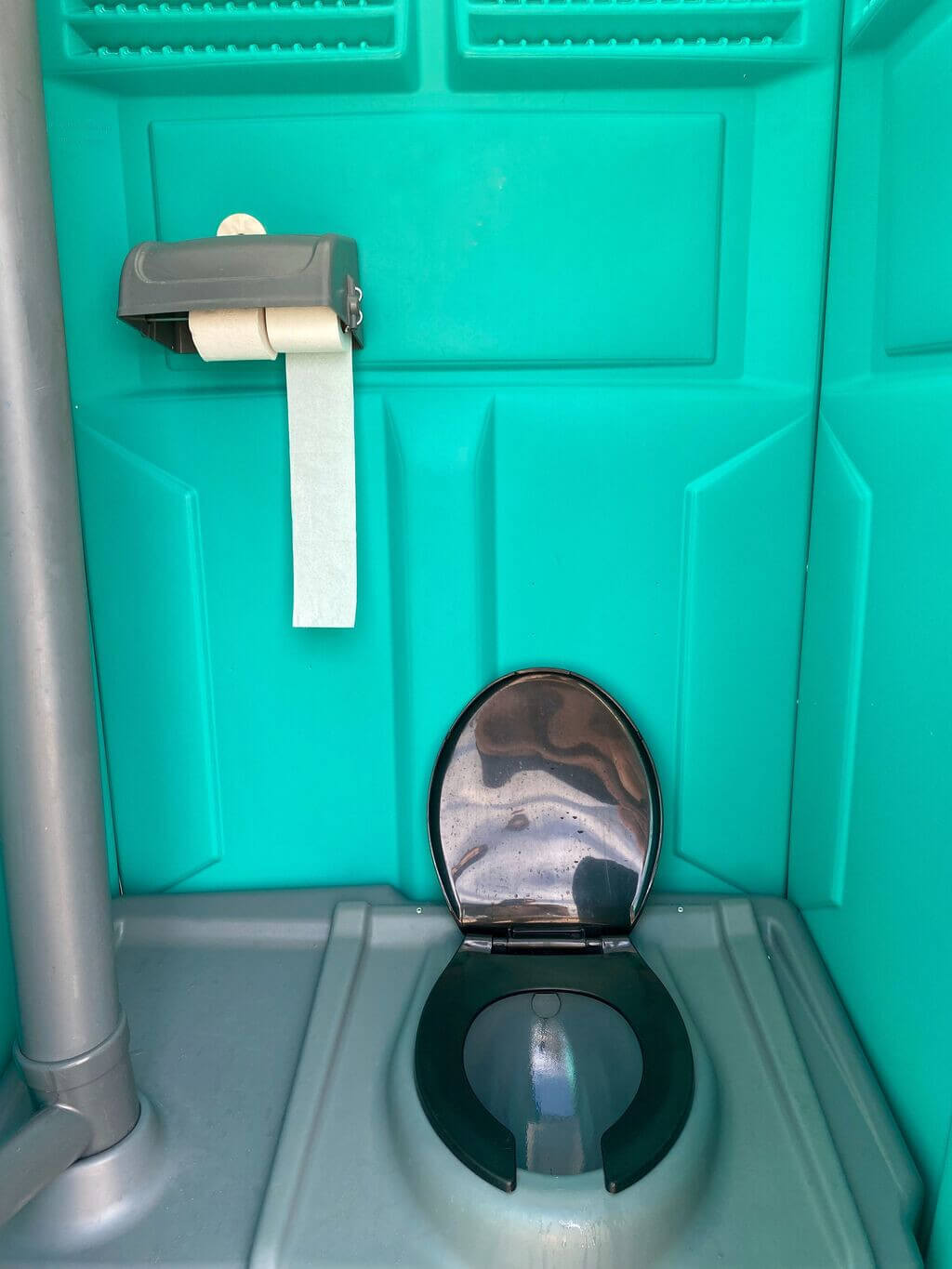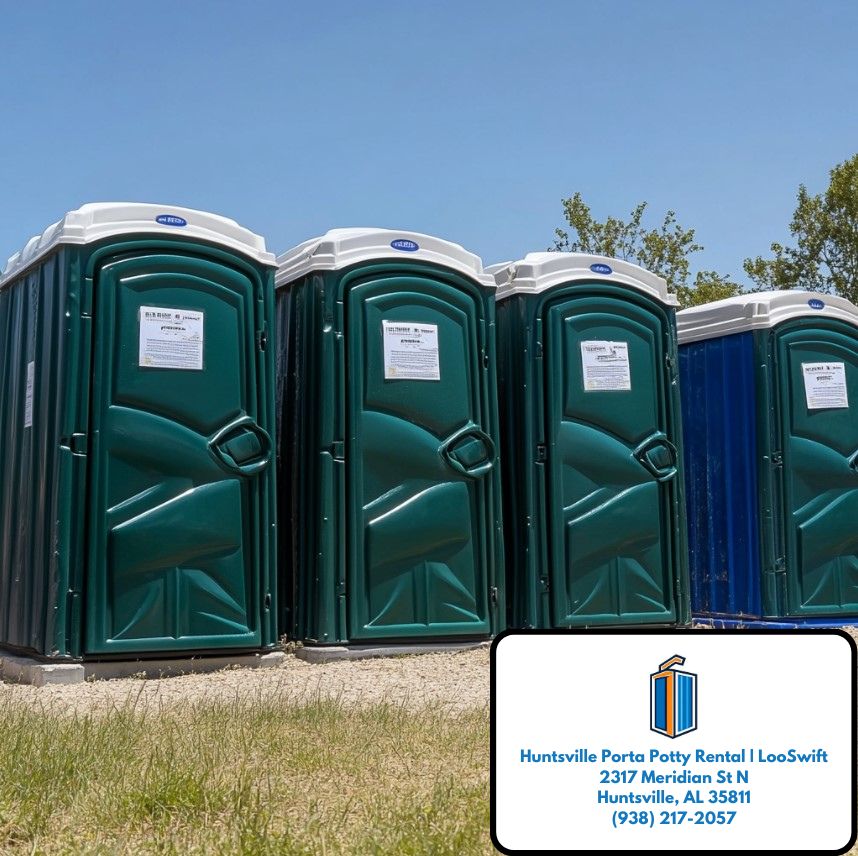Are All Toilets ADA Compliant? Debunking Myths
Introduction
Accessibility in public spaces, especially concerning restrooms, is a topic of utmost importance and sensitivity. The Americans with Disabilities Act (ADA) was established to ensure that individuals with disabilities have equal access to facilities, including restrooms. However, there seems to be widespread confusion surrounding the specifics of ADA compliance, particularly when it comes to toilets. In this article, we'll explore the nuances of ADA regulations regarding toilets and debunk common myths surrounding this critical issue. If you've ever wondered Are All Toilets ADA Compliant? Debunking Myths, you're in the right place!
Are All Toilets ADA Compliant? Debunking Myths
The short answer is no; not all toilets meet the standards set by the ADA. But what does it mean for a toilet to be ADA-compliant? An ADA-compliant toilet must adhere to specific guidelines outlined in the act, which includes dimensions, height, and accessibility features.
What is Considered an ADA-Compliant Toilet?
An ADA-compliant toilet typically has a height between 17 inches and 19 inches from the floor to the top of the seat. This range is crucial for individuals who may have difficulty bending down or standing up from lower seats. Additionally, these toilets should have grab bars installed nearby for added support.
What are the OSHA Rules for Porta-Potty?
When discussing sanitation and accessibility in portable facilities like porta-potties, it's essential also to consider OSHA guidelines. The Occupational Safety and Health Administration (OSHA) mandates that employers provide sanitary restroom facilities that are accessible during work hours. For construction sites or outdoor events where traditional bathrooms aren't available, at least one portable toilet must be provided for every 20 employees.
How Do You Make a Toilet ADA-Compliant?
To transform a standard toilet into an ADA-compliant one, several modifications can be made:
- Height Adjustments: Ensure that the toilet seat height falls within the required range.
- Grab Bars: Install grab bars on adjacent walls or beside the toilet.
- Flush Mechanism: Opt for a flush mechanism that can be easily operated without excessive force—push-button options are often ideal.
- Space Requirements: Ensure proper clearance around the toilet area for wheelchair maneuverability.
What Size is the ADA Portable Toilet?
ADA-compliant porta-potties must meet specific size requirements to accommodate individuals with mobility challenges. Typically, these units should allow sufficient space for wheelchair users to enter and maneuver comfortably while providing adequate room for assistance if needed.
Does an ADA Bathroom Have to Have a Urinal?
While it's not a strict requirement for every ADA bathroom to include a urinal, it's generally recommended if space allows. However, if only one type of facility is being installed (either a toilet or urinal), then it must be designed with accessibility in mind.
What’s the Height of an ADA-Compliant Toilet?
As mentioned earlier, an ADA-compliant toilet should have a seat height between 17 inches and 19 inches from the floor. This measurement is crucial not only for comfort but also for safety reasons, allowing easier transfers from wheelchairs or walking aids.
How Many People Can Use a Porta Potty in a Day?
A standard porta-potty can accommodate approximately 10-12 uses per day before requiring servicing. However, this number can vary based on numerous factors such as event duration and number of attendees.
How Sanitary Is a Porta Potty?
Porta-potties undergo regular cleaning and maintenance schedules aimed at ensuring they remain sanitary throughout their usage period. However, user perception often varies based on personal experiences and expectations regarding cleanliness.
What Happens When a Porta Potty Is Full?
When a porta-potty reaches its capacity limit—typically indicated by lack of flushing capability—the unit will need immediate servicing by professionals who remove waste materials and clean the interior thoroughly before returning it to service.
Understanding Accessibility Requirements for Toilets
Accessibility requirements are crucial in making sure public facilities cater to everyone’s needs effectively. Let's delve deeper into some specific aspects related to these requirements.
What Are The Accessibility Requirements For A Toilet?
Dimensions
- Minimum width: 60 inches clear space next to fixtures.
- Toilet seat height between 17 inches – 19 inches.
- Clear floor space around toilets should measure at least 48 inches deep by 30 inches wide.
Grab Bars
- Side grab bars should extend at least 54 inches horizontally from the rear wall.
- Rear grab bars must be between 33-36 inches above finished floor level.
Flush Controls
- Must be operable with one hand without requiring tight grasping or twisting of wrist.
- Must be mounted no higher than 48 inches above finished floor level.
Signage
- Restroom signs should include Braille text along with standard lettering indicating male/female options as well as any accessible features available inside those facilities.
Common Misconceptions About Accessible Toilets
Many myths exist about what constitutes an accessible restroom facility; let's address some prevalent misconceptions:
Myth #1: Any Toilet Can Be Made Accessible
While certain modifications can enhance accessibility features within existing facilities—like adding grab bars—some designs simply aren’t feasible due to structural limitations necessitating complete renovations instead!
Myth #2: There’s No Need For Additional Space
Many believe that additional space isn’t necessary; however, adequate maneuverability is essential! Wheelchair users require ample room both entering/exiting stalls along with navigating through bathrooms themselves!
Myth #3: All Public Restrooms Are Automatically Compliant
Not true! It’s important not only check local codes but also verify individual establishments’ adherence regarding compliance policies since enforcement varies widely across different jurisdictions!
Frequently Asked Questions
Here are some FAQs that might help clarify common concerns regarding accessible restrooms:
FAQ #1: How Do I Know If My Toilet Is ADA Compliant?
Ensure your toilet meets required height specifications (17-19 inches) along with having appropriate grab bar placements within reach proximity!
FAQ #2: What Are The Disadvantages Of A Porta Potty?
One downside could include limited privacy compared against traditional restroom options while other issues may revolve around cleanliness depending on maintenance frequency!
FAQ #3: Can Anyone Use Accessible Toilets?
While anyone technically can utilize these restrooms designated specifically as “accessible,” they’re intended primarily benefit those who genuinely require such accommodations due their disabilities!
FAQ #4: Does An ADA Bathroom Have To Have A Urinal?
Not mandatory but beneficial! Including both types increases convenience when utilized by different users (male/female).
FAQ #5: Are Push Button Toilets Considered Accessible?
Yes! Push-button mechanisms often provide easier access compared traditional flush handles requiring more dexterity/strength making them suitable alternatives under certain circumstances!
FAQ #6: What Makes A Shower Ada Compliant?
Showers need specific measurements ensuring easy entry/exit while featuring built-in seating capabilities along adjustable handheld showerheads among other characteristics promoting porta potties near me Huntsville Porta Potty Rental | LooSwift independence during use timeframes!
Conclusion
In conclusion, understanding whether all toilets are ADA compliant requires knowledge about specific regulations governing accessibility standards for restroom facilities across various environments—from permanent installations found within buildings down portable units utilized temporary settings alike! By debunking prevailing myths surrounding these topics we become better equipped advocate improved inclusivity design principles ensuring everyone enjoys equal opportunities access regardless their physical abilities!


So next time you find yourself pondering "Are All Toilets ADA Compliant? Debunking Myths," remember that while many strive towards achieving compliance together we must continue raising awareness about our responsibilities toward creating accessible spaces catering diverse populations!